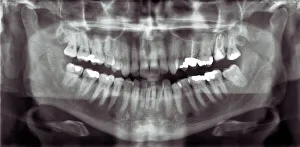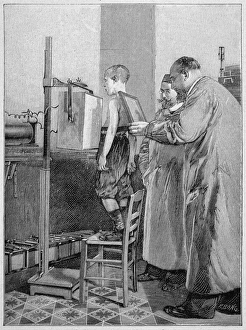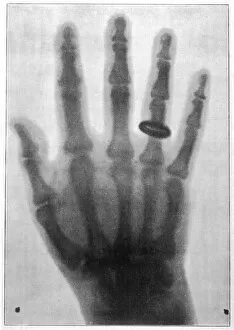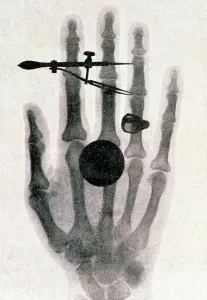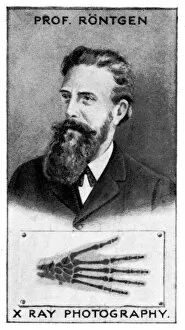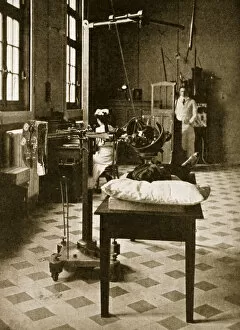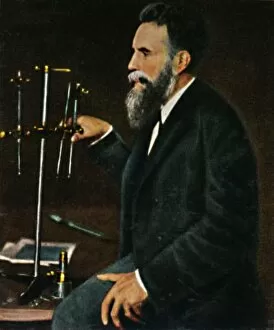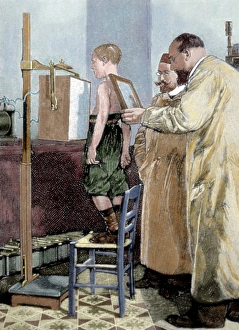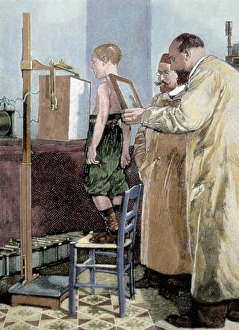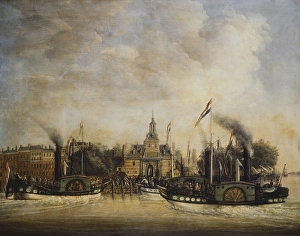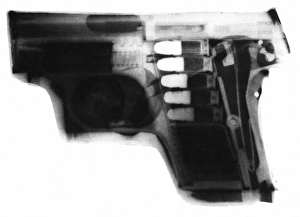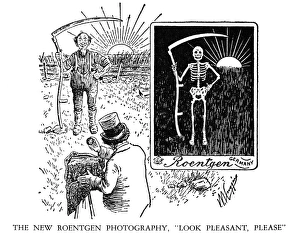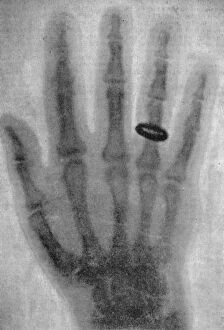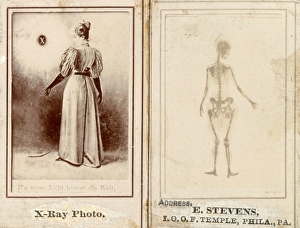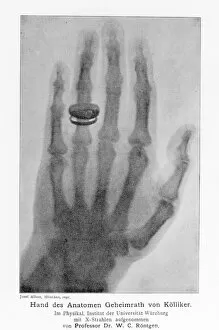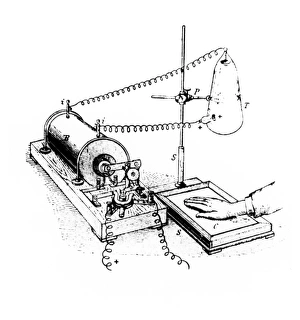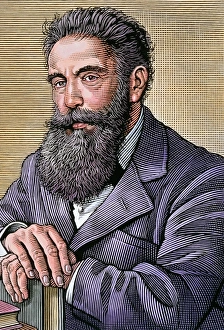Roentgen Collection
"Unveiling the Invisible: The Revolutionary Roentgen X-Rays" Step into the world of medical breakthroughs with the panoramic dental X-ray
All Professionally Made to Order for Quick Shipping
"Unveiling the Invisible: The Revolutionary Roentgen X-Rays" Step into the world of medical breakthroughs with the panoramic dental X-ray, a game-changer in diagnostic imaging. Thanks to Wilhelm Conrad Rontgen's pioneering work, we can now capture detailed images of patients' teeth and jaws like never before. Rontgen's groundbreaking discovery rays or X-rays in 1895 revolutionized the field of medicine. His famous photograph from 1896 showcases his wife's hand, revealing bones and structures previously hidden to the naked eye. This masterpiece by Wilhelm Conrad Rontgen himself truly captures the essence of his remarkable invention. Born in Germany in 1845, Rontgen was a brilliant physicist who dedicated his life to unraveling nature's mysteries. His tireless efforts led him to create an ingenious system known as Roentgens X-Ray System, enabling doctors worldwide to delve deeper into their patients' conditions. In this captivating black-and-white photo from around 1924, we catch a glimpse of Wilhelm Conrad Rontgen himself - a visionary scientist whose inventions continue to shape modern healthcare. With determination and ingenuity, he forever changed our understanding of human anatomy. Travel back in time with an early x-ray room depicted in another mesmerizing black-and-white image. Witness firsthand how these innovative technologies were implemented long ago – a testament to humanity's relentless pursuit for knowledge and progress. Delving further into history takes us back to Saint Petersburg circa 1784-86 when David Roentgen and Company thrived under royal patronage. Their contributions paved the way for future advancements that would ultimately lead us towards today's cutting-edge medical imaging techniques. Wilhelm von Rontgen (1845-1923), captured here in a timeless photograph from 1934, stands tall among scientific giants. His legacy lives on through countless lives saved due to early detection made possible by his groundbreaking invention.

